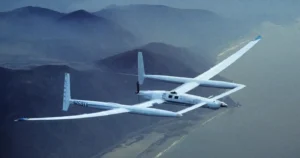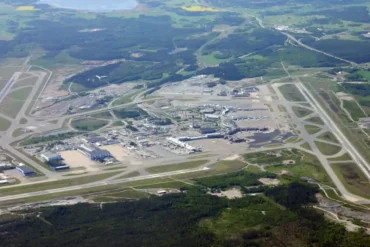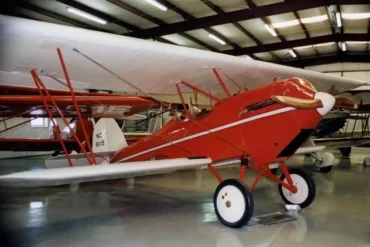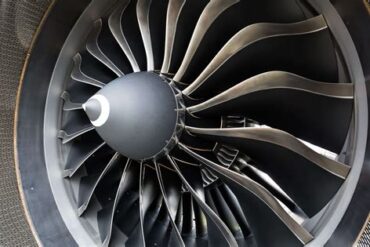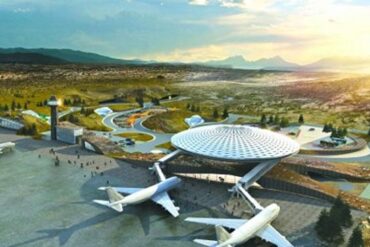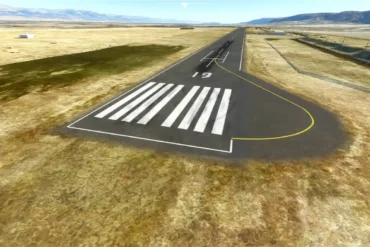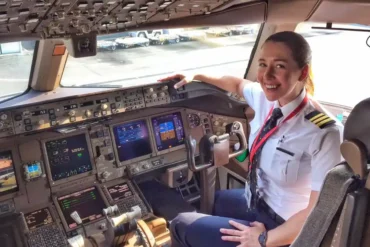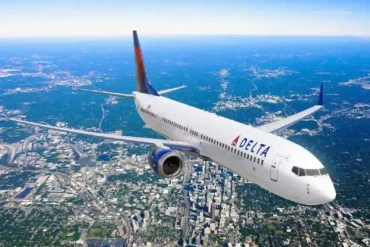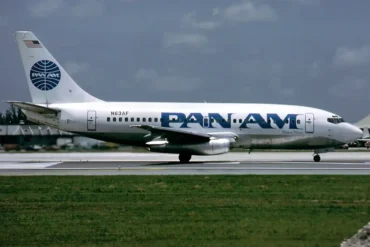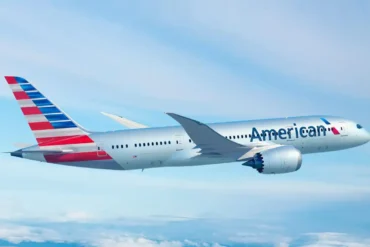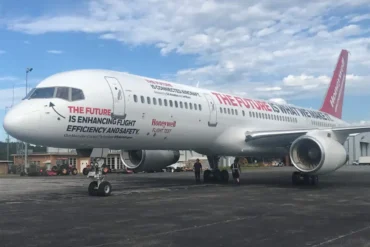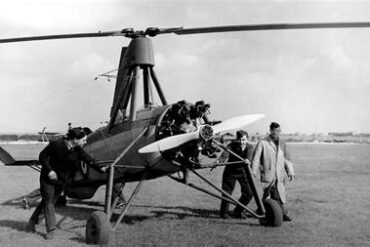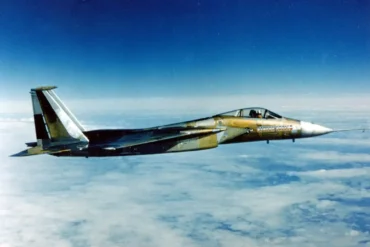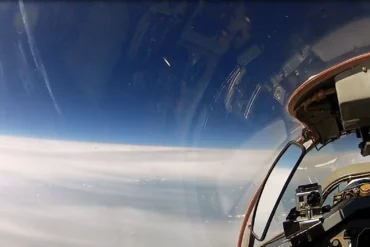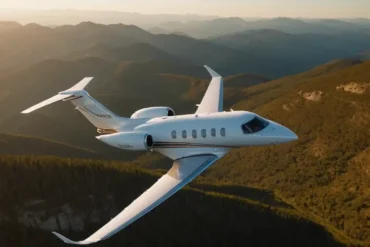Have you ever dreamed of flying around the world without stopping? Well, that’s exactly what the Rutan Voyager did back in 1986, and let me tell you, it was an incredible feat! This slender aircraft etched its name in aviation history by becoming the first to complete a nonstop, unrefueled circumnavigation of the globe. It took off on December 14th, 1986, and gracefully landed nine days later on December 23rd. Let’s dive into the details of this groundbreaking journey!
From a Napkin Sketch to Soaring High
Can you believe the Voyager started as a simple sketch on a napkin by the brilliant mind of Burt Rutan in 1981? It’s true! Shortly after, Burt teamed up with Dick Rutan and Jeana Yaeger to bring this dream to life at Rutan’s aerospace company in Mojave, California. Dick and Jeana would be the pilots for this historic flight.
Keeping the aircraft lightweight was crucial for sustaining such a long flight, so Burt cleverly used composite materials like Kevlar and fiberglass. This ingenious design brought the airframe’s weight down to just 426 kilograms! Surprisingly, the engines alone weighed more at 594 kilograms, with two propellers situated in the middle section.
Now, the Voyager didn’t look like your typical aircraft. Instead of a distinct tail or fuselage, it had a massive single wing spanning three interconnected fuselage sections. Burt’s design focused on optimizing the lift-to-drag ratio, which was key to keeping the plane airborne for days on end.
After five years of meticulous planning and construction, the Voyager finally took to the skies for its first test flight in June 1986.
From Test Flights to Global Takeoff
During testing in July 1986, the Voyager proved its prowess by breaking the world record for the longest flight! After over 60 successful test flights, the stage was set for an unprecedented global journey – circumnavigating the Earth without refueling or stopping.
On December 14th, 1986, the Rutan Voyager embarked on its nonstop global flight from Edwards Air Force Base. Now, the journey didn’t start smoothly – the wingtips actually grazed the runway and detached during takeoff! But Dick and Jeana weren’t deterred. They knew the plane could still make the trip without those tips.
Over the next nine days, these expert pilots navigated through closed airspaces, storms, and all kinds of weather challenges. They took turns in the cramped cockpit, pushing forward relentlessly.
A Triumphant Landing
Despite a fuel pump failure near the end, Dick and Jeana successfully landed the Voyager at 08:06 AM on December 23rd at Edwards AFB, completing their global circumnavigation! They had been airborne for over 216 hours, setting an incredible endurance record that still stands unbroken nearly four decades later.
The Rutan Model 76 Voyager’s achievement was truly groundbreaking and a testament to human ingenuity and perseverance. What an inspiring story, right? It just goes to show that with determination and a bit of creativity, anything is possible!
